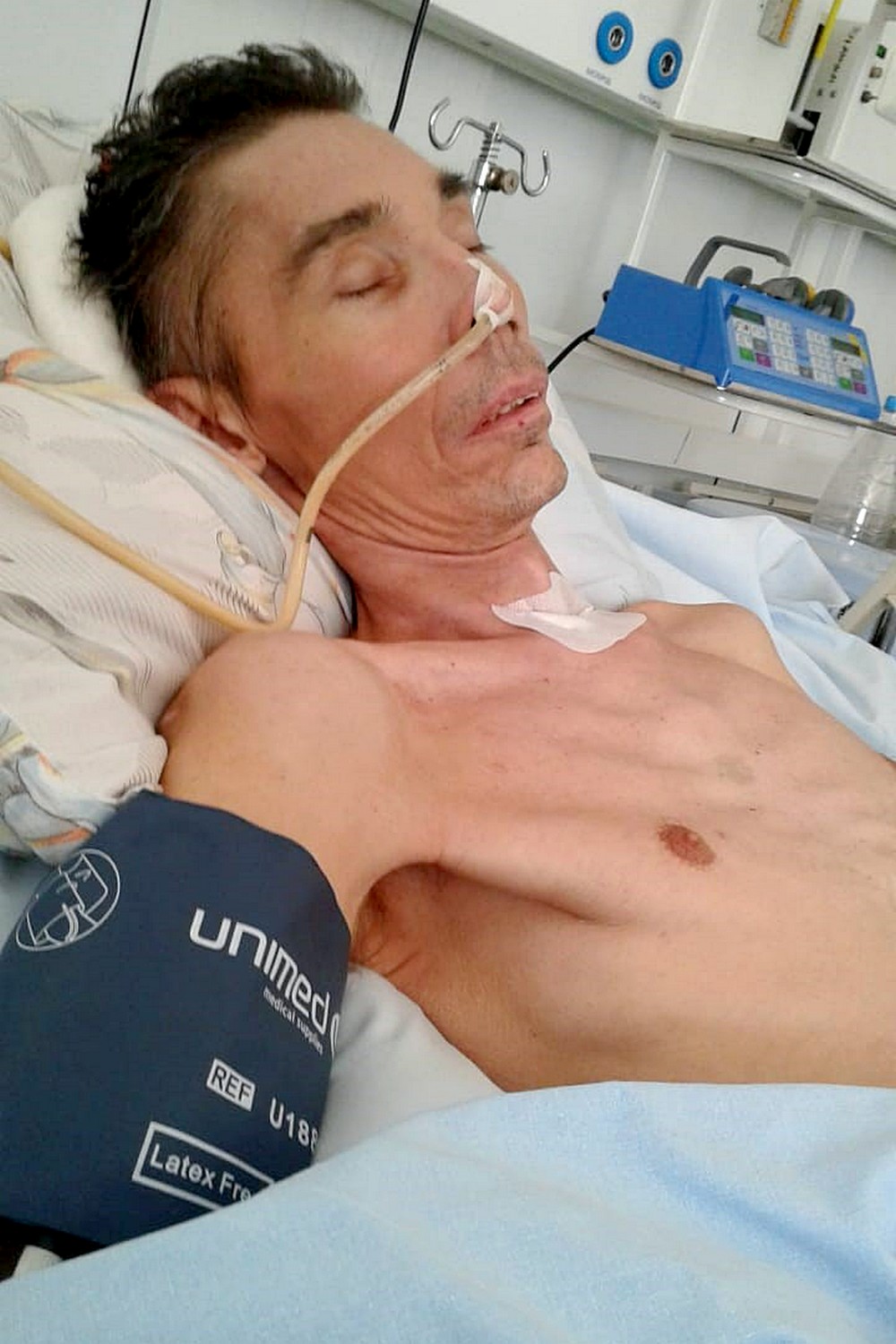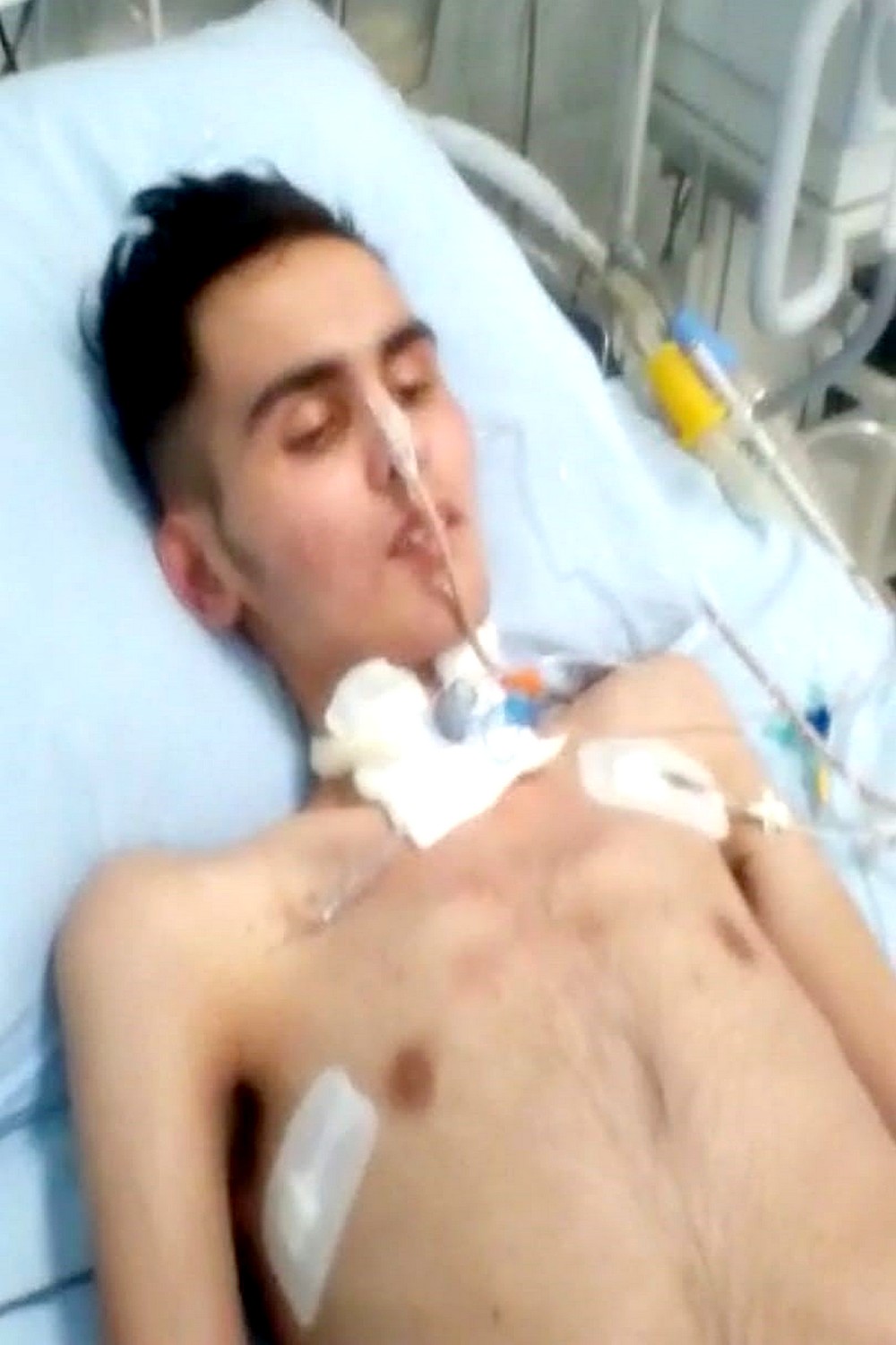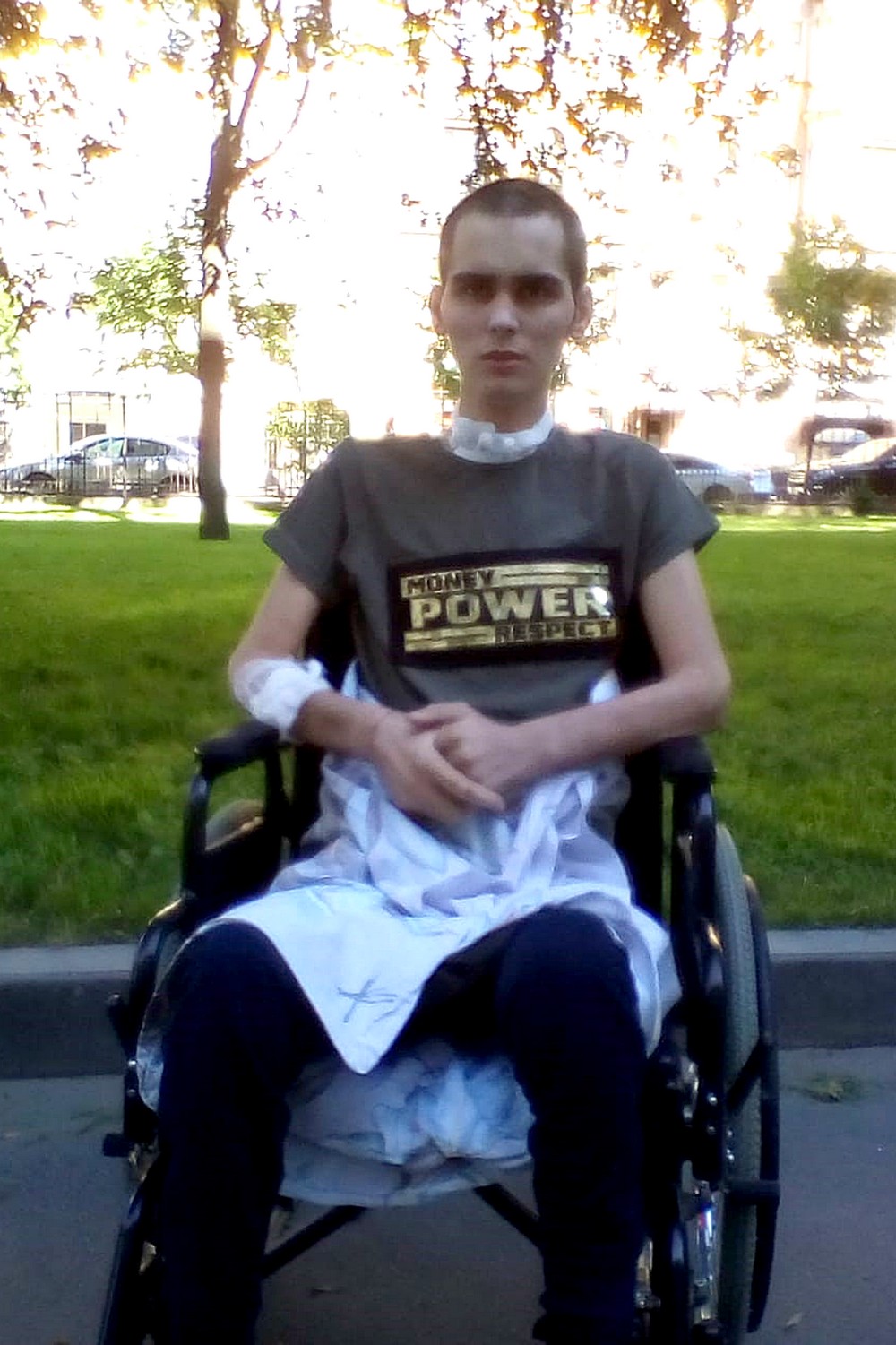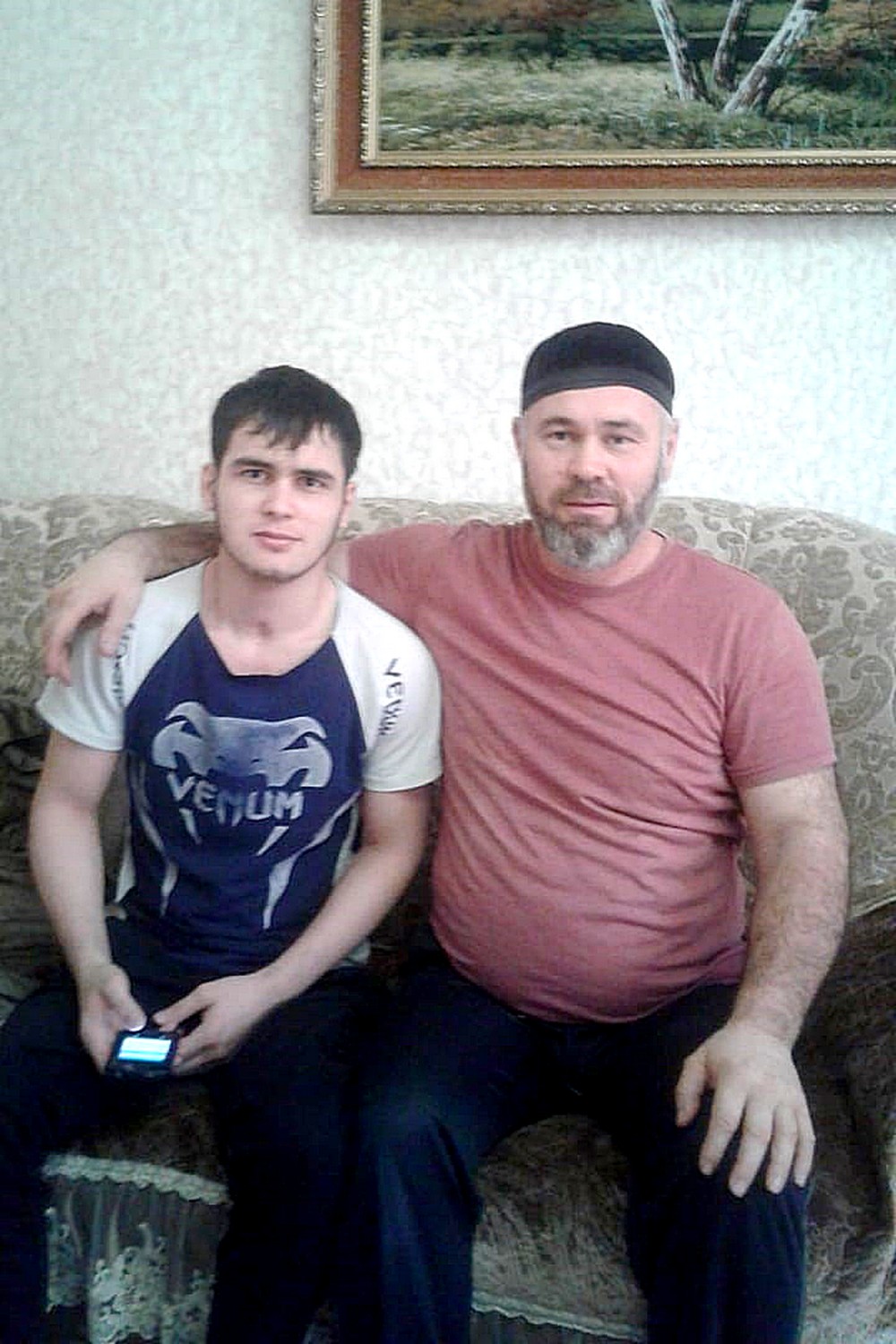The Anesthesiology and Intensive Care Unit of Polenov Neurosurgical Institute was established in the 60s of the last century. The work of this department is based on the fundamental achievements of neurophysiology. Proprietary methods of anesthetic management, neuromonitoring, brain protection against ischemia/hypoxia have been patented and derived from the current understanding of passive-defensive reactions and sanogenesis mechanisms in severe multiple pathological effects on the brain. Ekaterina Kondratieva, neurologist, leading researcher of the Anesthesiology and Intensive Care Unit, tells more about this.
Interesting results, both scientific and practical, were obtained in patients with long-term impairment of consciousness. The pathogenetic analysis of this condition using the current understanding of a steady condition of the central nervous system has proved promising from both scientific and practical viewpoints. Rather effective methods for the examination and treatment of this patient group have been developed and patented.
The standard examination protocol for a patient with a long-term impairment of consciousness includes an assessment using the coma recovery scale and an EEG.
Almazov Centre has state-of-the-art neuroimaging facilities. Positron emission tomography with fluorodeoxyglucose (FDG PET) of the brain is performed in all patients with impaired consciousness. It is the most sensitive method to predict the recovery of consciousness in patients in a vegetative state.
The radiology department plays a major role in identifying the functional reserve for further recovery of consciousness. Brain MRI is performed using the latest techniques – functional MRI, tractography, spectroscopy. A whole team of intensivists and neurologists specializing in certain diagnostic and therapeutic techniques works with the patients in a steady unconscious state.
Our specialists are familiar with all common methods of examining a patient with severe brain damage: ultrasound and Doppler sonography, echocardiography and electroneuromyography used to detect signs of critical illness polyneuropathy. To determine the degree of dysphagia, endoscopic evaluation of swallowing is performed.
Much attention is paid to the study of circadian rhythms and sleep disorders using polysomnography combined with the determination of the release of the sleep hormone melatonin. The Somnology Group, a division of the Arterial Hypertension Research Department, carries out this work.
Both standard and the latest methods are used to treat patients with long-term impairment of consciousness. These include massage, physical therapy and non-invasive brain stimulation techniques such as transcranial magnetic stimulation and transcranial direct current stimulation.
For patients with severe brain injury in the acute period and in some cases of prolonged impairment of consciousness, the cerebral hypothermia method developed by Russian pathophysiologists and intensivists is used.
Over the past 10 years, Polenov Neurosurgical Institute has gained extensive experience in inserting a microcatheter directly into the cavernous segment of the internal carotid artery or into the intracranial segment of the vertebral artery for prolonged injection of drugs improving metabolism and blood supply to the most affected brain regions. A dedicated and highly skilled team of neurosurgeons and anesthesiologists performs planned neurosurgical interventions in patients in a vegetative state, including plastic surgery of the skull and placement of ventriculoperitoneal shunts.
The Anesthesiology and Intensive Care Unit has been developing a comprehensive treatment protocol for contractures and spasticity in patients with long-term impairment of consciousness. Botulinum toxin therapy is used for treatment of spasticity and patients receive ultrasound-guided injections. Contractures are treated using the technique of prolonged peripheral blockade of the brachial plexus trunks with local anesthetic.
A round-the-clock diagnostic laboratory ensures high-quality and reliable test results. In addition to routine laboratory tests, markers of apoptosis and sanogenesis processes are examined in each patient with impaired consciousness.
Clinical cases
Patient A., 44-year-old male: severe brain injury, removal of an epidural hematoma in the left temporoparietal region in January 2018.

Patient A. in the ICU of Polenov Neurosurgical Institute

Patient A. 12 months after the brain injury
Patient E., 19-year-old male: consequences of exogenous intoxication of unknown etiology. Admitted to the ICU of Polenov Neurosurgical Institute in a very severe state in March 2018.

Patient E. 2 months after admission. First attempt of breathing through the tracheostomy tube. Tube feeding

3.5 months after admission. First walks around the hospital. Breathing through a tracheostomy tube

10 months later. The patient discharged home, socially adapted.
